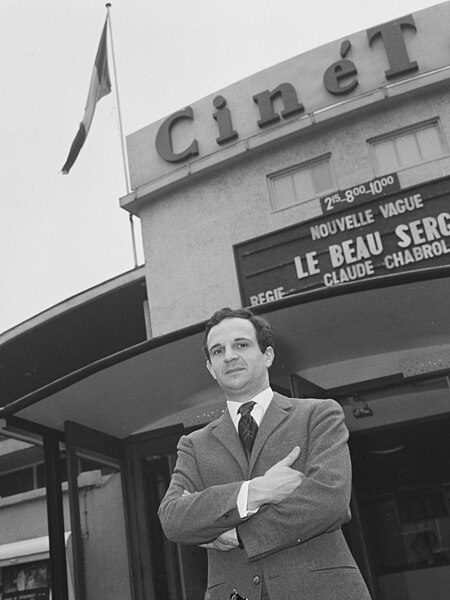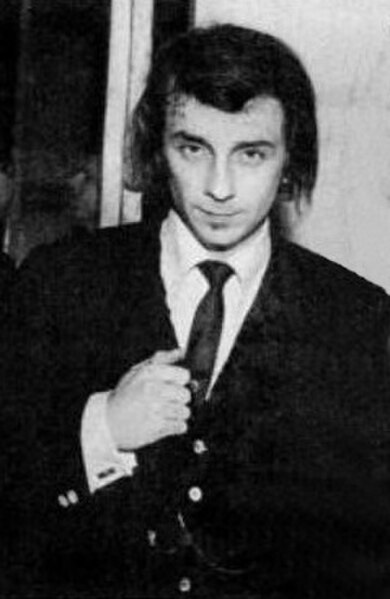The New Hollywood, Hollywood Renaissance, American New Wave, or New American Cinema, was a movement in American film history from the mid-1960s to the early 1980s, when a new generation of filmmakers came to prominence. They influenced the types of film produced, their production and marketing, and the way major studios approached filmmaking. In New Hollywood films, the film director, rather than the studio, took on a key authorial role.
Bonnie and Clyde (1967), one of the films that defined New Hollywood
An auteur is an artist with a distinctive approach, usually a film director whose filmmaking control is so unbounded and personal that the director is likened to the "author" of the film, thus manifesting the director's unique style or thematic focus. As an unnamed value, auteurism originated in French film criticism of the late 1940s, and derives from the critical approach of André Bazin and Alexandre Astruc, whereas American critic Andrew Sarris in 1962 called it auteur theory. Yet the concept first appeared in French in 1955 when director François Truffaut termed it policy of the authors, and interpreted the films of some directors, like Alfred Hitchcock, as a body revealing recurring themes and preoccupations.
Film director and critic François Truffaut in 1965
Record producer Phil Spector in 1964



